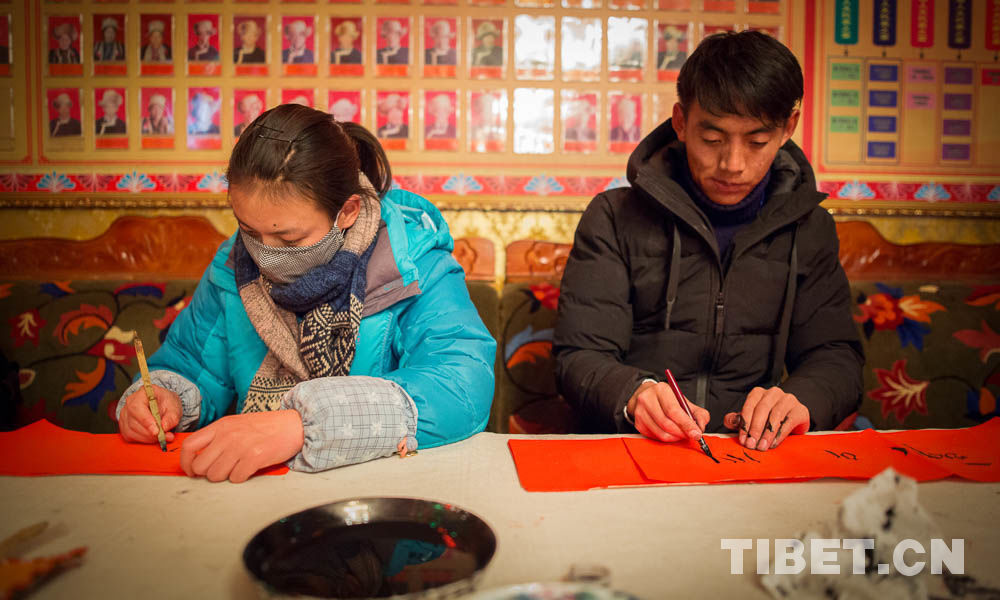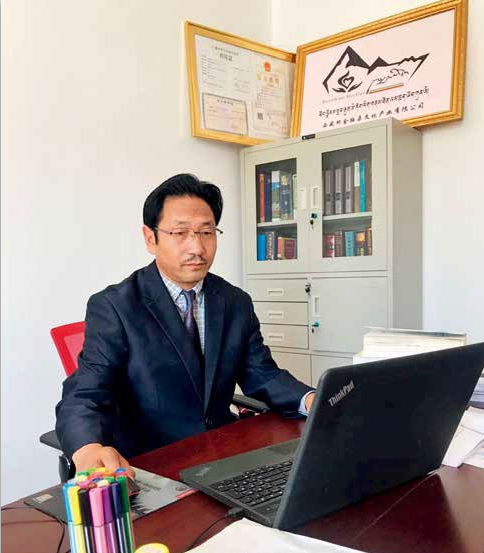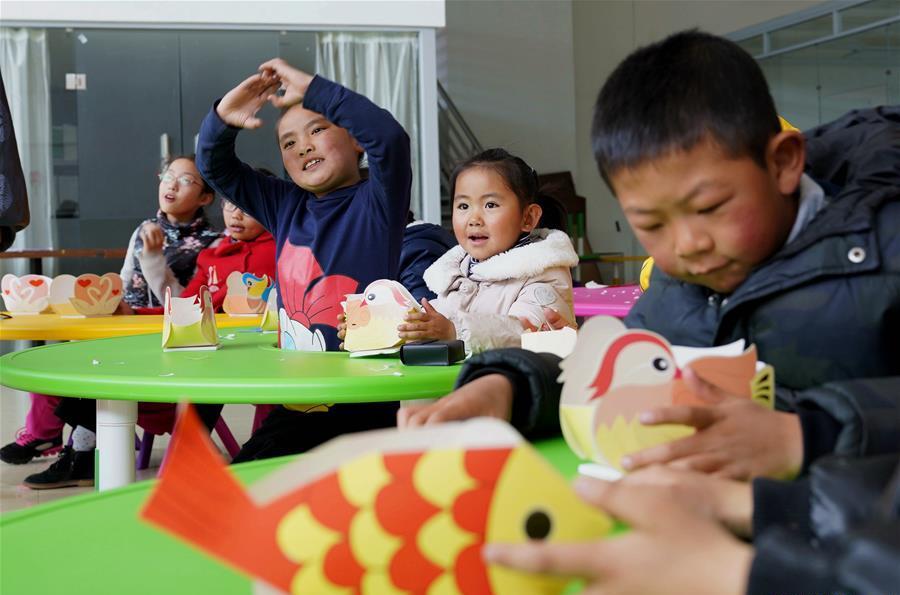Translation of latest woodblock print of 6th Dalai Lama's poems completed
April 16 of this year was the first day of the third Tibetan lunar calendar month, which is the 335th anniversary of the birth of the sixth Dalai Lama, Tsangyang Gyatso. According to the Tibet Tsangyang Gyatso Cultural Research Association, the latest woodblock print of Tsangyang Gyatso poems has recently been proofread and translated. The print clarifies many misunderstandings about Tsangyang Gyatso's poetry.
Dorje Puntshok, vice president of the Tibet Tsangyang Gyatso Cultural Research Association, told reporters that this woodblock print including 58 poems written by Tsangyang Gyatso was discovered in July 2017. After more than six months of hard work, the project of proofreading and translating the print was completed.
He Zongying, a researcher at the Tibet Autonomous Region Academy of Social Sciences who participated in the project, said in an interview that as of now, this is the only woodblock print version of Tsangyang Gyatso's poems discovered by the Tibet Tsangyang Gyatso Cultural Research Association. The dating of the woodblock is around the year 1916. There is currently a lot of overlap between authenticity and falsehood regarding Tsangyang Gyatso's poems, but this woodblock print will provide a basis for understanding the original intention of his poetry.
"Some collections of poetry attributed to Tsangyang Gyatso are clearly fake," He Zongying said. He added that Tsangyang Gyatso's works are short and refined, at most four stanzas with six words, while some so-called translations that have long verses, which can basically be determined to be false.
Tsangyang Gyatso was born in 1683 at Urgelling near Mon Tawang in southern Tibet. In 1697, he was invited to the Potala Palace as the Sixth Dalai Lama until 1706 when he disappeared.
Editor: Tommy Tan.
Your Comment
Name E-mailRelated News
-
-

-
Dalai Lama murder plot 'a stunt': Tibet
China rejected media reports that it had attempted to assassinate the Dalai Lama, calling it "a stunt" set up by the Dalai Lama himself to attract international attention.
-







